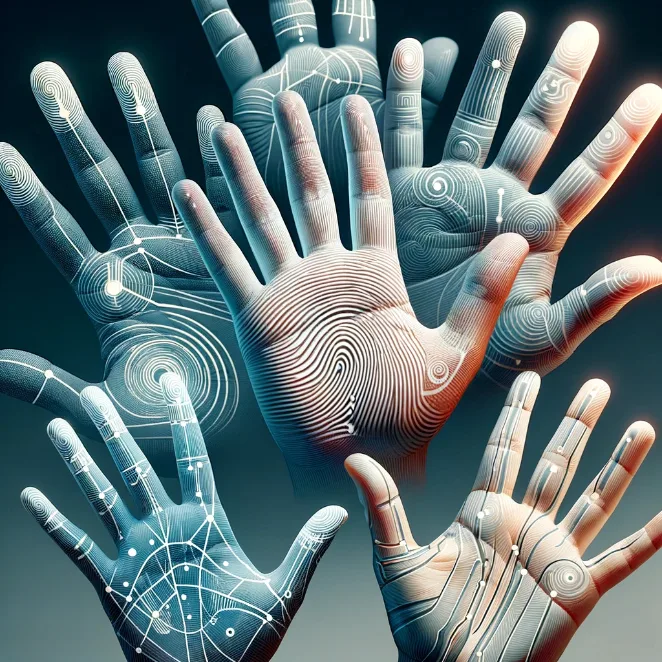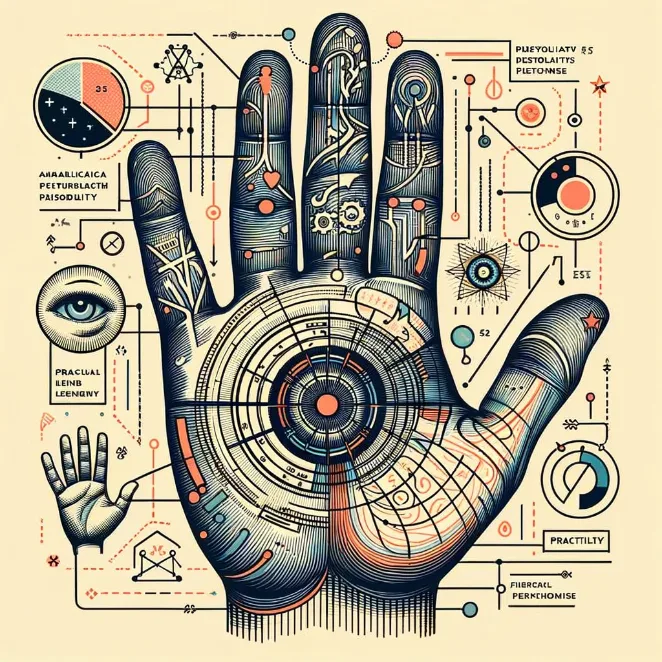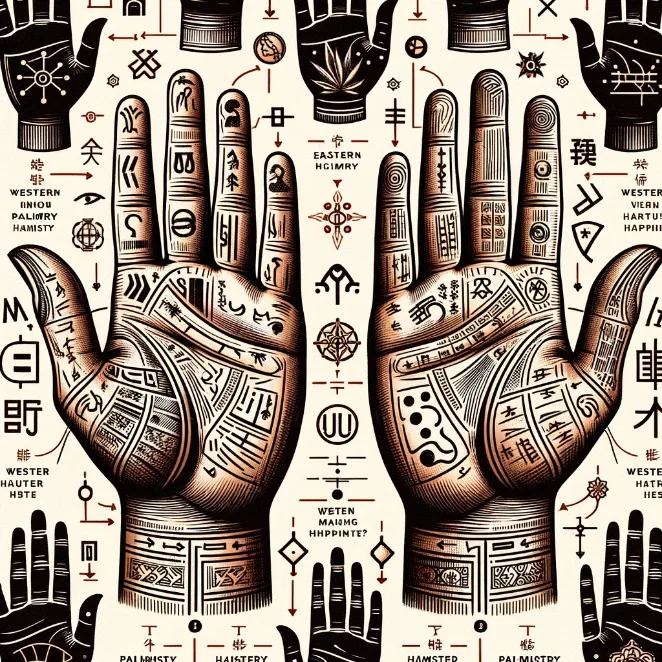
The Science Of Hand Analysis: Palmistry Explained
Palmistry, often referred to as chiromancy, is an ancient practice that has captured human fascination for centuries. It involves the interpretation of the lines, mounts, and shapes of the hand to gain insights into an individual's personality, life path, and potential future. While some may view palmistry as a mystical art, it is, in fact, rooted in a combination of psychology, anatomy, and cultural symbolism. In this article, we will delve into the science of hand analysis, explaining the principles and factors that make up the complex world of palmistry.
article by Nora Pennington
The Anatomy of the Hand
Before diving into palmistry's intricacies, it's essential to understand the underlying anatomy of the hand. The hand consists of various components, including bones, muscles, tendons, and nerves, all working together to facilitate complex movements and sensory functions. In palmistry, each finger and palm region corresponds to different aspects of an individual's life. For example, the thumb represents willpower and logic, while the index finger relates to ambition and leadership.

Palmists believe that the hand's features, including the length of the fingers and the shapes of the nails, can reveal clues about an individual's health, behavior, and life experiences. For example, long, slender fingers may suggest an artistic and sensitive nature, while short, stout fingers might indicate practicality and a preference for physical activities. The study of these physical attributes is not limited to palmistry; it often intersects with other fields like psychology and anthropology.
The Role of Genetics
One fascinating aspect of palmistry is its connection to genetics. The patterns of lines and shapes on one's hand can be influenced by genetic factors passed down through generations. This interplay between genetics and palmistry is particularly evident in the hereditary traits present in family lines. Analyzing the hands of family members can reveal commonalities and shared characteristics, shedding light on the inheritance of physical and personality traits.
Genetics can also manifest in the form of distinctive markings on the hand. For instance, certain patterns in the fingerprints can be hereditary, such as the presence of whorls or loops. These patterns can have symbolic meanings in palmistry. Whorls may be associated with complex and independent personalities, while loops can indicate a more adaptable and cooperative nature.

Psychology and Personality Assessmen
Palmistry intersects with psychology in the assessment of personality traits. The study of hand shapes, finger lengths, and mounts can provide insights into an individual's character and behavior. For example, long fingers may indicate a thoughtful and analytical nature, while short fingers might suggest a more practical and detail-oriented personality.
Fingerprints, a unique feature of each person's hand, have also intrigued both palmists and psychologists. While palmists focus on the ridges and patterns for divination, psychologists have used fingerprint analysis in the study of identity and individual differences. The idea that the hand can offer clues to an individual's psychology has sparked curiosity and research in various fields.
Cultural Symbolism and Interpretation
The symbolism associated with palmistry varies across cultures and regions. While some symbols and markings are universal, others are culturally specific. For instance, the "M" shape found on the palm under the fingers is often associated with wealth and success in Western palmistry. In contrast, the same marking might hold different interpretations in Eastern palmistry traditions. Understanding the cultural context is crucial for accurate palmistry analysis.

In Indian palmistry, also known as Vedic palmistry or hastrekha, cultural symbolism plays a significant role. The concept of "grahas" or planets is integrated into palmistry readings. Each finger is associated with a particular planet, and the mounts on the palm correspond to specific deities. The intertwining of astrology, mythology, and hand analysis makes Vedic palmistry a unique and culturally rich practice.
Scientific Skepticism and Limitations
It's important to note that palmistry has its skeptics within the scientific community. Critics argue that the interpretations provided in palmistry lack empirical evidence and scientific rigor. Moreover, they point out that the human hand can change over time due to various factors, such as age, injuries, and lifestyle choices, challenging the notion of palmistry's predictive accuracy.
From a scientific standpoint, palmistry faces several limitations. The lack of standardized methods and criteria for interpretation makes it difficult to establish consistency and reliability in readings. Additionally, palmistry often relies on subjective assessments, making it susceptible to biases and errors. As a result, many scientists view palmistry as a pseudoscience.
Palmistry, the art of hand analysis, is a multifaceted field that blends elements of anatomy, genetics, psychology, and cultural symbolism. While some may dismiss it as pseudoscience, palmistry has enduring appeal and continues to provide individuals with insights into their lives and personalities. As we explore the lines and shapes on our hands, we embark on a journey of self-discovery and self-reflection, gaining a deeper understanding of the complex interplay of nature, nurture, and culture.
Published: 11/30/2023
Modified: 11/30/2023
More predictions
Come back here soon to learn more about yourself and your future


The Role Of Palmistry In Modern Wellness
In an era where mindfulness, self-awareness, and holistic well-being have gained paramount importance, ancient practices are experiencing a renaissance. Among these practices, palmistry, the art of interpreting the lines, mounts, and features of the palm, has found its place in the modern wellness landscape. Beyond fortune-telling, palmistry has evolved into a tool for self-discovery, empowerment, and achieving a balanced state of mental, emotional, and physical health. In this article, we delve into the evolving role of palmistry in modern wellness, shedding light on its potential benefits and its contribution to holistic self-care.


Palmistry for Entrepreneurs
Entrepreneurship is a path filled with challenges and uncertainties, and every decision can impact the success of your business. While traditional business strategies and market analysis are essential, palmistry offers a unique perspective on entrepreneurship. By examining the lines and features of your hand, you can gain insights into your strengths, weaknesses, and potential business opportunities. In this article, we explore how palmistry can be a valuable tool for entrepreneurs in finding their business path.


Predicting the Future or Understanding the Present?
Palmistry, an ancient practice that has intrigued and mystified people for centuries, holds a dual reputation. On one hand, it is seen as a tool for predicting the future, unraveling the mysteries of destiny through the lines and creases of the palm. On the other hand, it serves as a means of understanding the present, delving into the intricacies of one's character, emotions, and health. In this article, we explore the multifaceted nature of palmistry, shedding light on whether it truly foretells the future or primarily offers insights into the here and now.